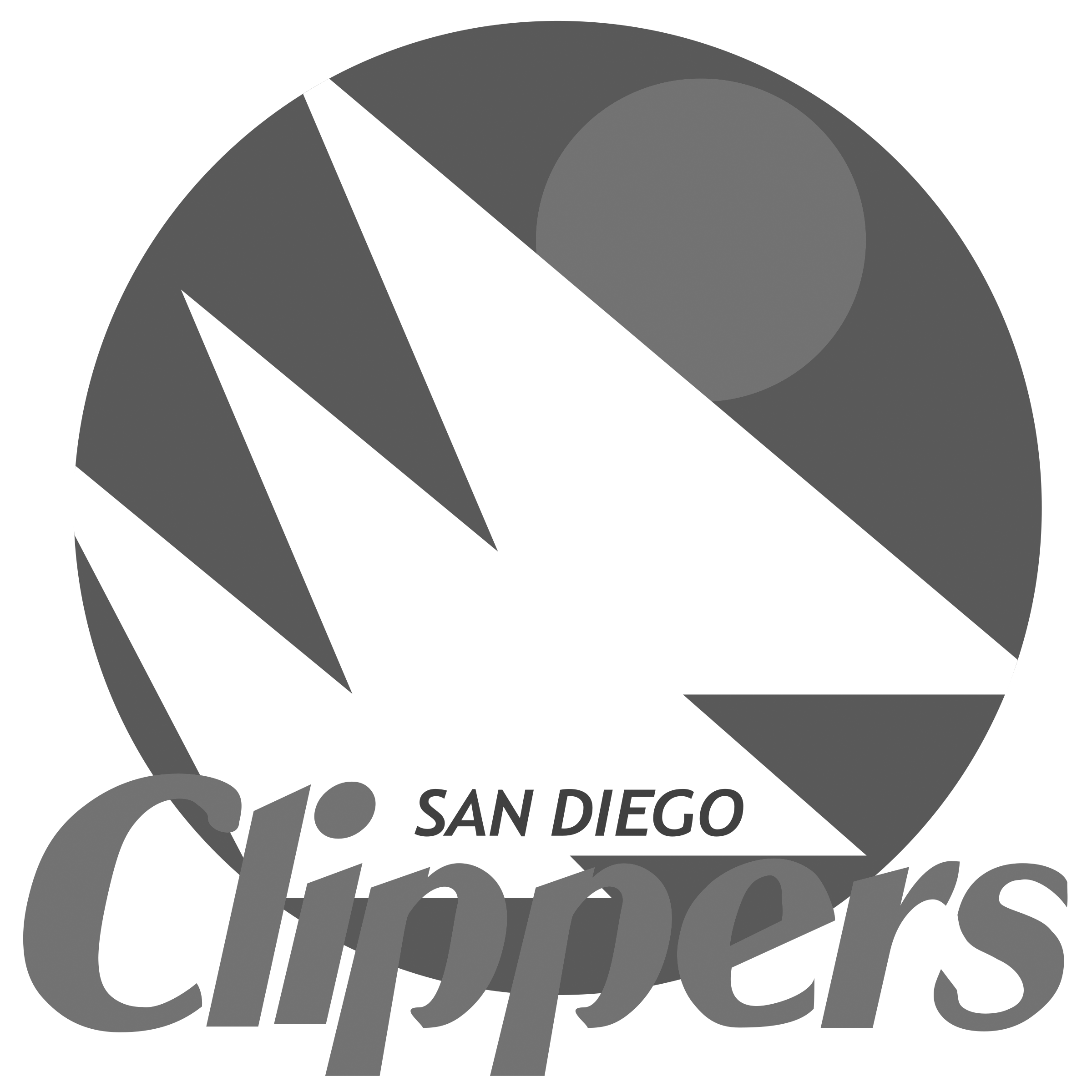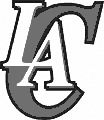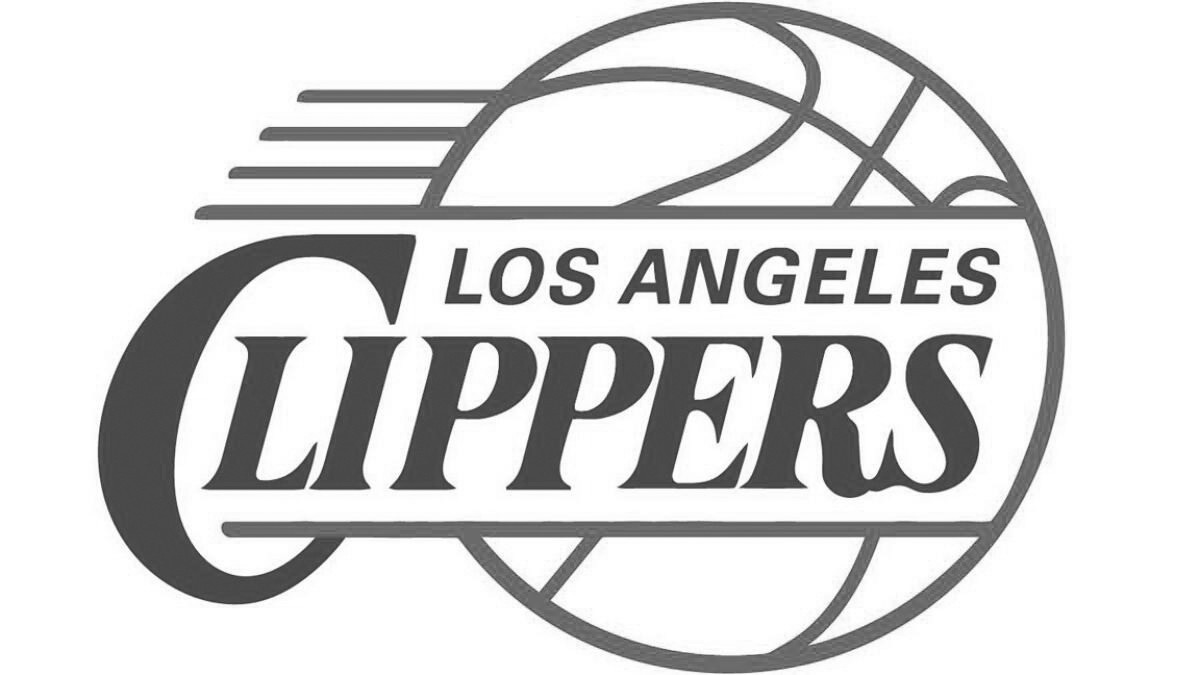1970-1978: Buffalo Braves
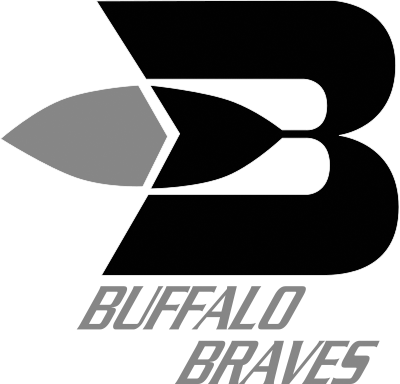
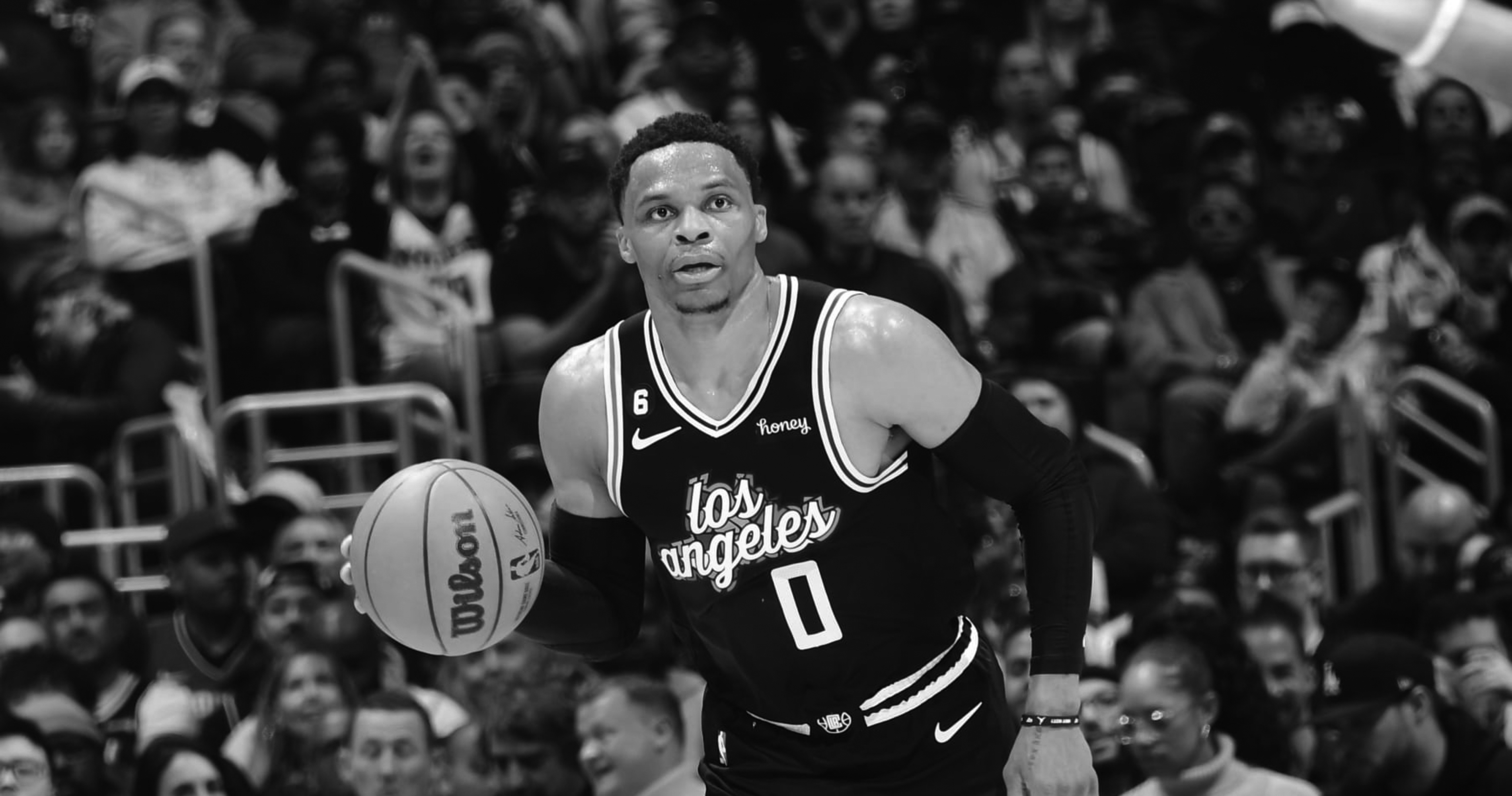
The franchise was founded as the Buffalo Braves in 1970 as an expansion team. Led by Hall of Famer Bob McAdoo, the Braves reached the NBA playoffs three times during their eight seasons in Buffalo. Conflicts with the Canisius Golden Griffins over the Buffalo Memorial Auditorium and the sale of the franchise led to their relocation from Buffalo to San Diego, California in 1978 and subsequent rebranding as the San Diego Clippers, in reference to the sailing ships synonymous with San Diego Bay. The team saw little success on the court and missed the playoffs during all six of their years in San Diego.
In 1984, owner Donald Sterling controversially relocated the franchise to Los Angeles without NBA approval. The NBA spent more than three years on a lawsuit to force the team back to San Diego before eventually dropping the suit in exchange for Sterling paying a fine. Over the course of their first 27 seasons in Los Angeles, the Clippers qualified for the postseason only four times and won a single playoff round. They were frequently considered a perennial loser in American professional sports, drawing unfavorable comparisons to the historically successful Lakers.
The Clippers' reputation improved during the 2010s, which saw them transform into consistent postseason contenders. Aided by the "Lob City" lineup of Blake Griffin, DeAndre Jordan, and Chris Paul, the team qualified for the playoffs in six consecutive seasons from 2012 to 2017 and won two consecutive division titles in 2013 and 2014, both firsts for the franchise. Despite this success, the Clippers struggled in the postseason and were frequently eliminated in the conference semifinals; the team reached the Conference finals for the first time in 2021. To date, they are the oldest franchise in North American professional sports to have never played in a championship game.
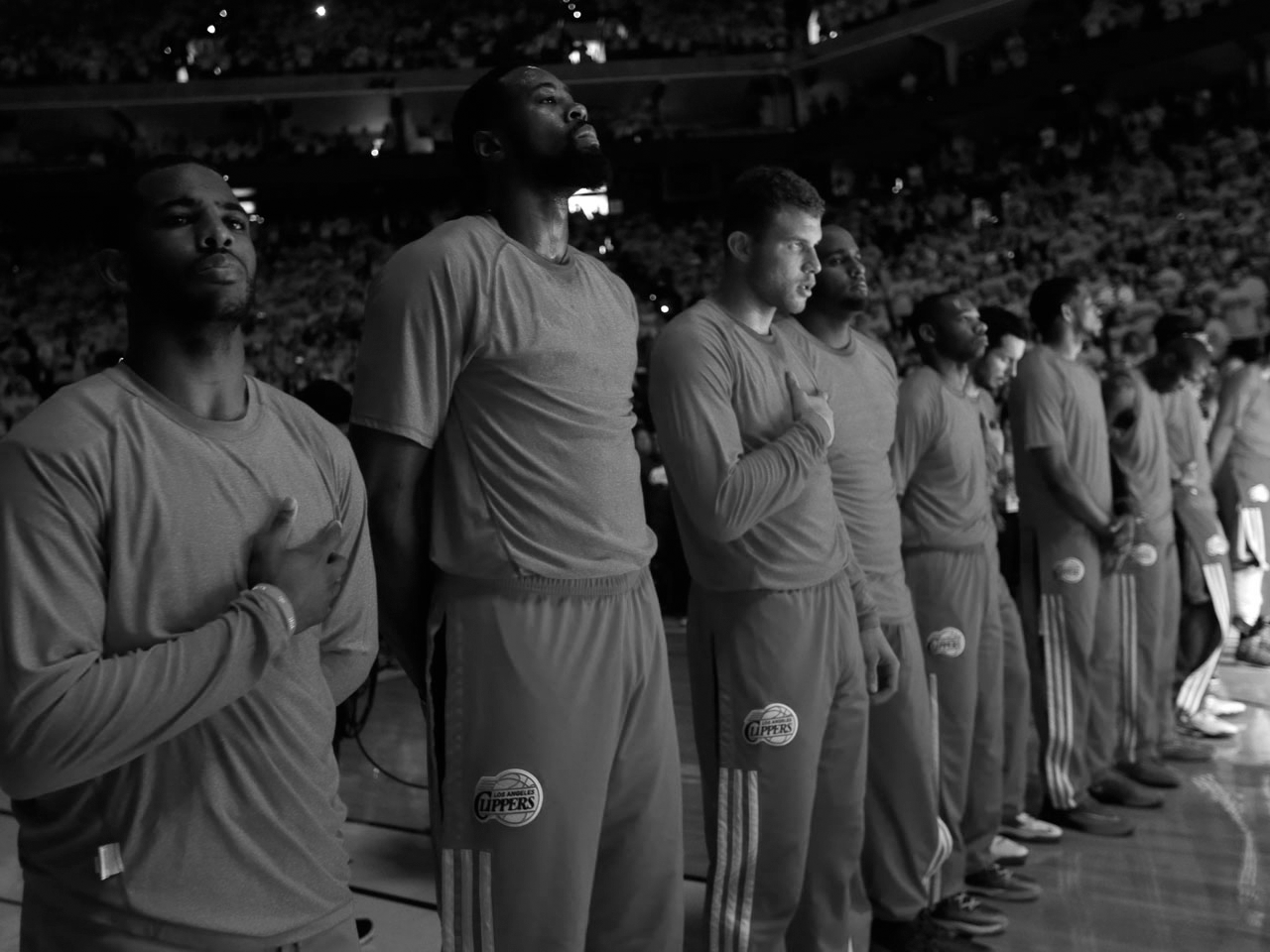 The remarks in the tape caused public backlash (including condemnations from many players, with Johnson, Kareem Abdul-Jabbar, Charles Barkley, Shaquille O'Neal, LeBron James, and Kobe Bryant all voicing their disapproval);
several sponsors also severed ties with the
team, among them Kia Motors (for whom Griffin serves as its television spokesperson), State Farm Insurance, and Virgin America. Threats of boycotts against the Clippers were also considered, with the team itself briefly contemplating one at the April 27 playoff game against the Golden State Warriors (the fourth game in the team's first round playoff series). They opted to conduct a silent protest instead, by wearing their shirts inside-out, obscuring team logos.
The remarks in the tape caused public backlash (including condemnations from many players, with Johnson, Kareem Abdul-Jabbar, Charles Barkley, Shaquille O'Neal, LeBron James, and Kobe Bryant all voicing their disapproval);
several sponsors also severed ties with the
team, among them Kia Motors (for whom Griffin serves as its television spokesperson), State Farm Insurance, and Virgin America. Threats of boycotts against the Clippers were also considered, with the team itself briefly contemplating one at the April 27 playoff game against the Golden State Warriors (the fourth game in the team's first round playoff series). They opted to conduct a silent protest instead, by wearing their shirts inside-out, obscuring team logos.
On April 29, the NBA issued Sterling a lifetime ban from the organization after a league investigation into the recording confirmed that he was the one conversing with Stiviano. The league also issued a $2.5 million fine against Sterling (the highest allowable by the NBA) and barred him from attending games or practices involving any NBA team; being present in any Clippers office or facility; and from participating in any team business, player personnel decisions or league activity. NBA commissioner Adam Silver stated in a press conference regarding the decision that he will try to force Sterling to sell the Clippers, which would require the consent of three-quarters of the league's 29 other team owners. Silver later announced that the NBA would appoint a CEO to run the team. Before the ban was issued, Sterling told Fox News contributor Jim Gray that he had no plans to sell the team. The NBA installed former Citigroup and Time Warner chairman Richard Parsons as the interim CEO of the team on May 9,[83] prior to allowing Steve Ballmer, a former CEO of Microsoft, to purchase the team for $2 billion. To buy the team, Ballmer reportedly beat out other candidates, including Eric Piatkowski and his group, Oprah Winfrey, Floyd Mayweather, Magic Johnson, as well as a group of crowdfunders. The team's sale price, which was four times the expected purchase-evaluated price, prompted speculation that Ballmer aimed to relocate the team to Seattle, his hometown. He had previously been a part of an ownership group that had unsuccessfully attempted to move the Sacramento Kings to that city, but later stated no intention to relocate the team.
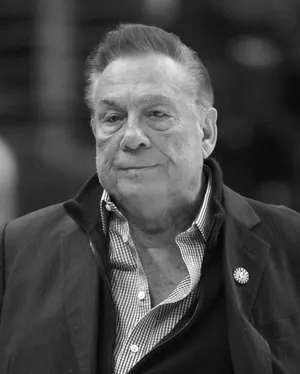
In 1984, owner Donald Sterling controversially relocated the franchise to Los Angeles without NBA approval. The NBA spent more than three years on a lawsuit to force the team back to San Diego before eventually dropping the suit in exchange for Sterling paying a fine. Over the course of their first 27 seasons in Los Angeles, the Clippers qualified for the postseason only four times and won a single playoff round. They were frequently considered a perennial loser in American professional sports, drawing unfavorable comparisons to the historically successful Lakers.
On August 12, 2014, Ballmer officially took control of the team following an order by a California court that confirmed the sale from Shelly Sterling to Ballmer. As part of the deal, Shelly received the titles of "Owner Emeritus" and "Clippers' Number 1 Fan", as well as ten tickets in sections 101 or 111 for all Clippers games, two courtside tickets for all games in Los Angeles, six parking spots in Lot C for each game, 12 VIP passes that include access to the Lexus Club, Arena Club, or Chairman's Lounge and Media room or equivalent, for each Staples games, three championship rings following any Clippers title, and will run a charitable foundation. The deal also included a stipulation that Steve Ballmer would keep the Clippers in Los Angeles. On November 6, the team hired its first major female executive as former Auto Club Speedway president Gillian Zucker was hired as the Clippers' president of business operations. Zucker became one of two women to serve in an executive capacity in any of the four major professional sports leagues; the other being Jeanie Buss, president and part-owner of the crosstown Lakers.
The franchise began in Western New York as the Buffalo Braves, one of three NBA expansion franchises that began play in the 1970-71 season, along with the Portland Trail Blazers and Cleveland Cavaliers. They played their home games at the Buffalo Memorial Auditorium, along with another Buffalo team that would begin play that year, the National Hockey League's Buffalo Sabres.
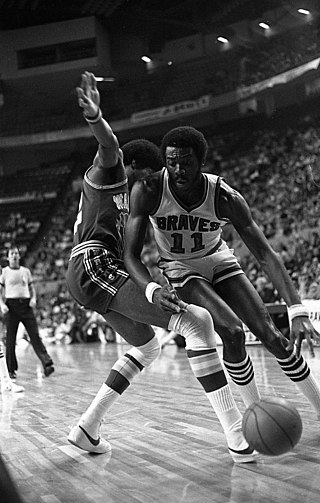
After two bad seasons, the Braves' fortunes started to change under coach Jack Ramsay and star forward/center Bob McAdoo. McAdoo led the NBA in scoring for three consecutive seasons and was named the league's MVP in the 1974-75 season. The Braves qualified for the playoffs three times in a row, losing twice to the eventual Eastern Conference champions (the Boston Celtics in 1974 and 1976, and the Washington Bullets in 1975). Despite the team's modest success in Buffalo, Braves owner Paul Snyder and the league found it impossible to schedule home games at the auditorium because of the Canisius Golden Griffins men's basketball team, which had a pre-existing lease on the arena and priority on game dates over the Braves, with the next best dates in turn taken by the much more successful Sabres. At a time where the NBA was nearing a nadir and the league did not have its current prestige, the Griffins saw the Braves as a threat to their own success, and purposely scheduled all the best dates at the arena to prevent the Braves from succeeding. As a result, after a failed attempt to sell the team to an owner who intended to move it to South Florida, Snyder sold the team to Kentucky Colonels owner John Y. Brown, Jr., who decimated the team's roster, traded away all of its stars, and drove attendance down to the point where they could break their own lease on the arena. Eventually, Brown met with Celtics owner Irv Levin in 1978 so they could trade franchise ownerships. Southern California resident Levin then decided to move the Braves to San Diego, something the league would have never allowed him to do with the Celtics. Asked about the move, Levin nominated a shorter commute for himself as a key reason.
In 1978, San Diego welcomed the relocation of the Buffalo Braves franchise, as the city's previous NBA franchise, the San Diego Rockets, had relocated to Houston seven years earlier in 1971. Another failed basketball franchise in the city had been the San Diego Conquistadors. San Diego team officials did not think "Braves" was a proper representative nickname for the club in San Diego, and a local naming contest ultimately decided on "Clippers", in reference to the city being known for the great sailing ships that passed through San Diego Bay. The first head coach of the Clippers was chosen to be Gene Shue, a respected tactician. He preferred a fast playing style with many scoring opportunities. Only three players from the Braves started in the team: Randy Smith, Swen Nater, and Scott Lloyd. Other starting players included Kermit Washington, and Sidney Wicks. World B. Free was also brought in, in exchange for a future first round pick for the Philadelphia 76ers.

The 1978-79 season started off poorly, with the Clippers' first win only on the fourth game against the Chicago Bulls. The team lost 12 of its 18 first games and dropped to the bottom of the Pacific Division. Player Kevin Kunnert argued they had the "killer instinct of a field mouse". The worst loss came against the San Antonio Spurs, with a loss of 163 to 125. Nevertheless, within weeks, Free had become the leading scorer, as well as becoming a public icon. He finished second overall in NBA scoring average, with 28.9 per game (George Gervin of the San Antonio Spurs had a 29.6 average). Shue, meanwhile, tried to create a team spirit by creating a common social life. By the annual break for the All-Star game, however, the Clippers had improved, winning half of their 54 games, leading to a sixth ranking in the Western Conference. Aiming for one of the six play-off spots for the Conference, they managed to win eight games in a row, and then another five games consecutively. Playing at the San Diego Sports Arena, the Clippers posted a record of 43-39 in their first season in California under, leaving them two wins shy of the final playoff spot. It was also the first season in Southern California for long-time announcer Ralph Lawler began his association with the franchise.
The 1979-80 season saw the Clippers begin to struggle, despite adding center Bill Walton, a San Diego native who was two years removed from winning an NBA Championship and the NBA Most Valuable Player Award with the Portland Trail Blazers. Walton missed 68 games in his first season in San Diego due to foot injuries (which he also suffered in his final years in Portland). San Diego finished 35-47, as Walton and other key players missed significant time due to injuries. Free again finished second in league scoring, with 30.2 points per game. Paul Silas replaced Shue as head coach the following season, and the Clippers finished 36-46, again missing the postseason. Walton missed the entire season due to foot injuries, while Free was traded to the Golden State Warriors in exchange for guard Phil Smith.
The 1981-82 season brought ultimately unwelcome changes to the franchise as Levin sold the team to Los Angeles-area real estate developer and attorney Donald Sterling for $12.5 million. The Clippers experienced poor play, as foot injuries again caused Walton to miss the entire season, and the team limped to a 17-65 record. Rumors of a move to Sterling's hometown of Los Angeles and franchise mismanagement plagued the team immediately from the onset of Sterling's acquisition. On one occasion, Sterling was fined $10,000 by the NBA, the largest sum ever levied by the NBA against an owner at the time, for publicly guaranteeing the Clippers would lose enough games to contend for a high enough draft pick to select Ralph Sampson. On another, he was fined for flying his players to away games in coach seats on commercial airliners, a violation of the league's collective bargaining agreement. Hotels refused to house the Clippers because of alleged non-payment for previous accommodations on multiple occasions. A bus company in Newark once stranded the team at the airport after Sterling failed to pay for previous trips, which nearly caused the team to miss a scheduled regular-season game that day against the New Jersey Nets.
Sterling attempted to relocate the franchise to Los Angeles in June 1982 but the NBA denied his request. Sterling then filed an unsuccessful antitrust lawsuit against the league, which subsequently filed a countersuit against the club and the Los Angeles Memorial Sports Arena, which Sterling had a tentative agreement with to become the franchise's new home. The attempted move, combined with the franchise mismanagement issues, prompted an investigation of the Clippers by an NBA committee of other owners. In September of that year, the committee recommended that Sterling's ownership be terminated, having found that he was late in paying creditors and players. Days before a league scheduled vote in October to remove Sterling, he agreed to sell the team, and the league sought buyers who would keep the franchise in San Diego. At the suggestion of David Stern, then the league's vice president, Sterling was able to maintain his position as owner, by instead handing over operations duties of the franchise to Alan Rothenberg, who became the team's president. By February 1983, Stern called the Clippers a "first-class" franchise, and the ouster of Sterling was no longer pursued. Later in 1983, Larry Fleisher, then the general counsel of the National Basketball Players Association, stated ''in all my years of involvement with the NBA, no team ever provided as much difficulties for the players than the Clippers under Sterling." "He almost caused three strikes last season.'' The team's final two seasons in San Diego were not much better on the court despite Walton finally returning to the court, finishing 25-57 in 1982-83 and 30-52 in 1983-84.
In 1984, Sterling, despite again being denied permission from the NBA to do so, moved the Clippers north to Los Angeles. The NBA subsequently fined Sterling $25 million for violating league rules and filed a lawsuit demanding the franchise be returned to San Diego. The league threatened to dissolve the franchise if ownership did not comply and return the team to San Diego. Sterling then filed another antitrust lawsuit against the league (for $100 million). This time, thanks to the court decision that allowed Al Davis to move the Oakland Raiders of the National Football League (NFL) to Los Angeles, it appeared Sterling would win his case. The league soon agreed to drop their lawsuit in exchange for Sterling dropping his case, allowing him to keep the team in Los Angeles and decreasing his fine to $6 million.

